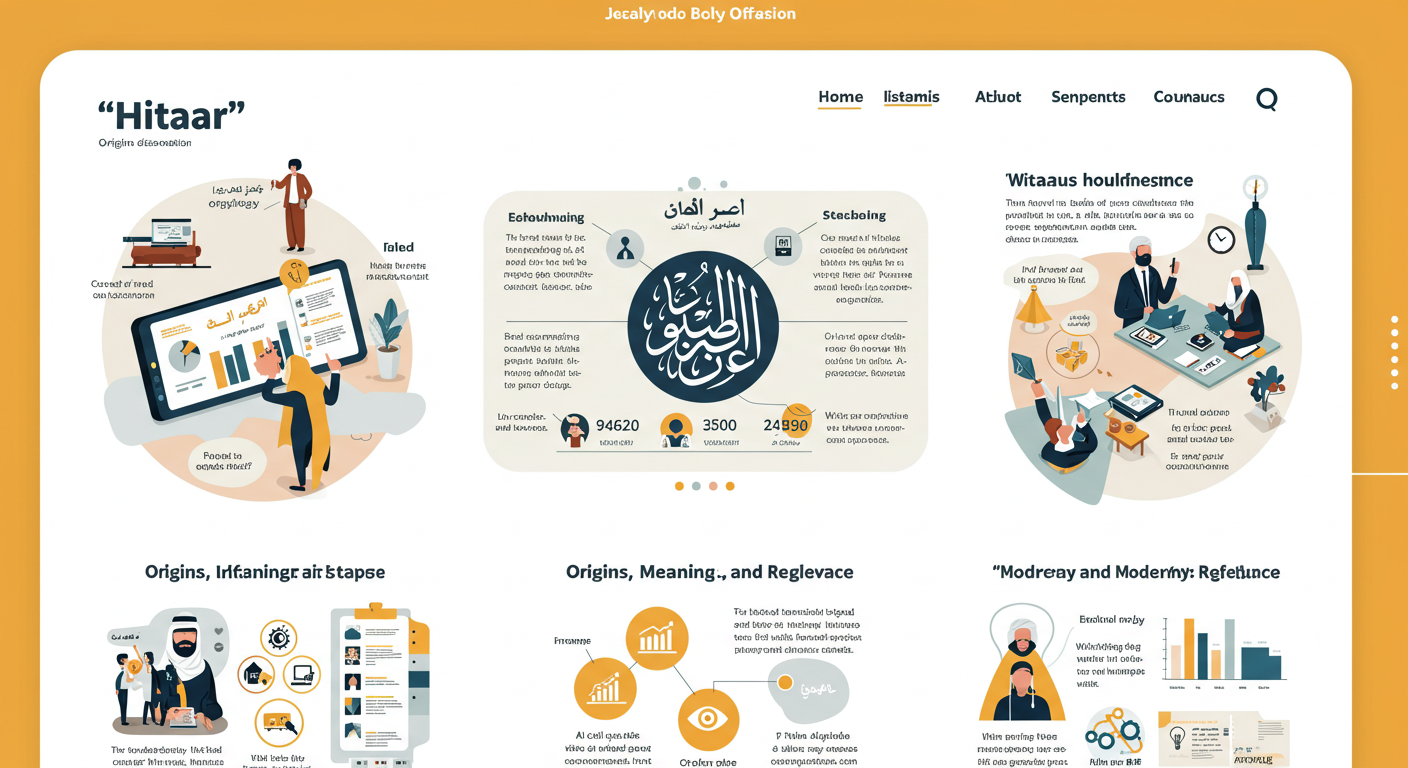The term Hitaar has gained attention in various fields, from cultural references to innovative technology. While its origins may be rooted in traditional contexts, its modern relevance spans across industries, making it a word worth exploring in depth. This article delves into the history, uses, and evolving meaning of Hitaar, along with its role in today’s world.
Understanding the Concept of Hitaar
At its core, Hitaar refers to an idea, product, or practice that blends heritage with modernity. The word has been used to symbolize balance — between old traditions and innovative solutions. Depending on the context, Hitaar can signify a cultural object, a brand name, or even a conceptual framework for sustainable living.
The Cultural Roots of Hitaar
The roots of Hitaar are often associated with communities that value preservation and adaptation. Historically, Hitaar may have described artifacts, music styles, or customs passed down through generations while embracing slight changes for modern relevance.
-
Cultural Artifacts – Items labeled as Hitaar often hold symbolic meaning.
-
Music and Arts – The term has been linked to unique rhythms or compositions blending classical and contemporary elements.
-
Social Traditions – Communities use Hitaar to define traditions that evolve without losing their identity.
Hitaar in the World of Technology
In recent years, Hitaar has found its way into the technology sector. Companies are using the word to brand products or services that aim to bridge the gap between user-friendly design and high-end innovation.
For instance:
-
Sustainable Tech Products – Devices designed with eco-friendly materials while maintaining modern functionality.
-
Hybrid Applications – Apps merging traditional user workflows with AI-driven enhancements.
-
Branding Strategies – Startups use Hitaar as a name to reflect balance, efficiency, and creativity.
Why Hitaar is Becoming a Popular Brand Name
Choosing Hitaar as a brand name offers several advantages:
-
Memorable and Unique – The word stands out in a competitive market.
-
Versatile Usage – It can be applied to fashion, technology, art, and more.
-
Symbolic Value – It communicates a message of harmony between tradition and innovation.
This makes Hitaar ideal for businesses that want to connect with audiences seeking both authenticity and modern convenience.
The Role of Hitaar in Sustainable Development
Sustainability is a growing global priority, and Hitaar has become a symbolic term in eco-conscious communities. By combining time-tested practices with innovative solutions, Hitaar can represent a blueprint for sustainable development. Examples include:
-
Green Architecture – Buildings designed with traditional cooling systems alongside solar technology.
-
Eco-Friendly Fashion – Clothes crafted with organic fabrics but styled for modern tastes.
-
Responsible Production – Manufacturing processes that honor cultural craftsmanship while reducing environmental impact.
How Hitaar Influences Modern Lifestyle Choices
In lifestyle trends, inspires people to make mindful choices:
-
Minimalist Living – Keeping traditions alive while removing unnecessary excess.
-
Balanced Diets – Mixing traditional recipes with modern nutritional science.
-
Mindful Consumption – Buying products that are both high-quality and ethically produced.
This approach encourages individuals to enjoy the best of both worlds without compromise.
Hitaar in the Digital Space
The digital transformation of society has not left behind. Influencers, bloggers, and online brands now use the term as part of their identity. It represents authenticity in a sea of fast-paced content and instant trends.
-
Content Creators – Use Hitaar as a theme for videos or blogs on heritage and innovation.
-
Online Stores – Market hybrid products that match the philosophy.
-
Social Media Movements – Promote a lifestyle combining cultural depth with modern adaptability.
Global Recognition of Hitaar
While Hitaar may have originated in specific cultural contexts, it has grown into a global concept. Brands and communities across continents are adopting the term to align with values of harmony, creativity, and innovation.
Countries with strong artisanal traditions have embraced to market products internationally, helping to preserve local skills while expanding to modern audiences.
Future of Hitaar
Looking ahead, Hitaar is likely to evolve further. With growing awareness about sustainability, cultural preservation, and technological integration, the word could become a recognized standard for products and practices that bridge worlds.
We may see Hitaar:
-
In global product labeling, representing authenticity and eco-consciousness.
-
As part of educational programs, teaching balance between old wisdom and modern science.
-
Integrated into smart city designs, combining historical architecture with modern infrastructure.
Conclusion
Hitaar is more than just a word — it’s a philosophy. Whether it appears in cultural traditions, innovative products, or sustainable lifestyles, Hitaar represents the balance between past and future. As society continues to change, this concept will likely inspire new generations to blend the richness of heritage with the promise of technology.
By embracing , we not only preserve our roots but also adapt them to meet modern challenges, ensuring a future that respects the past while moving boldly forward.

